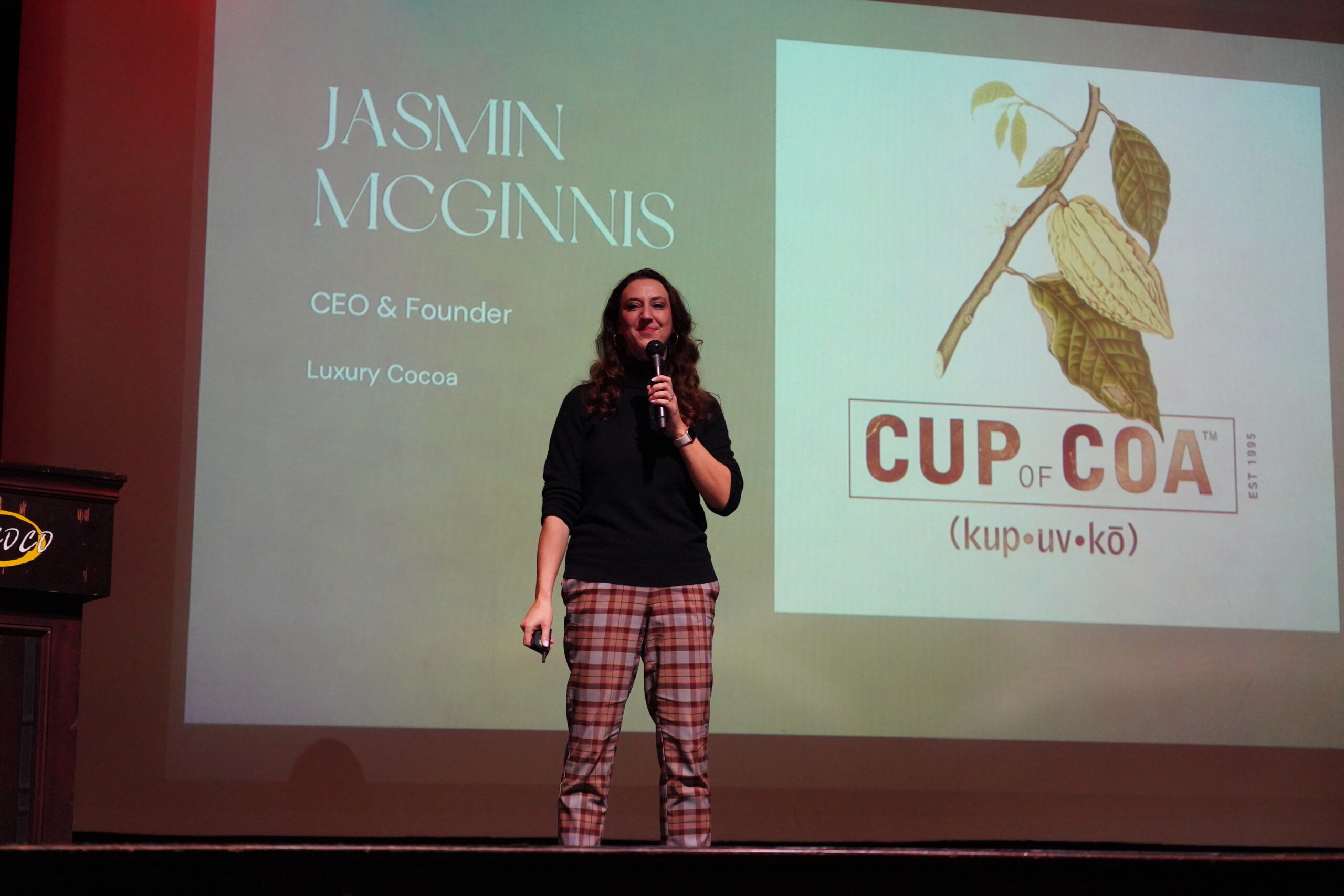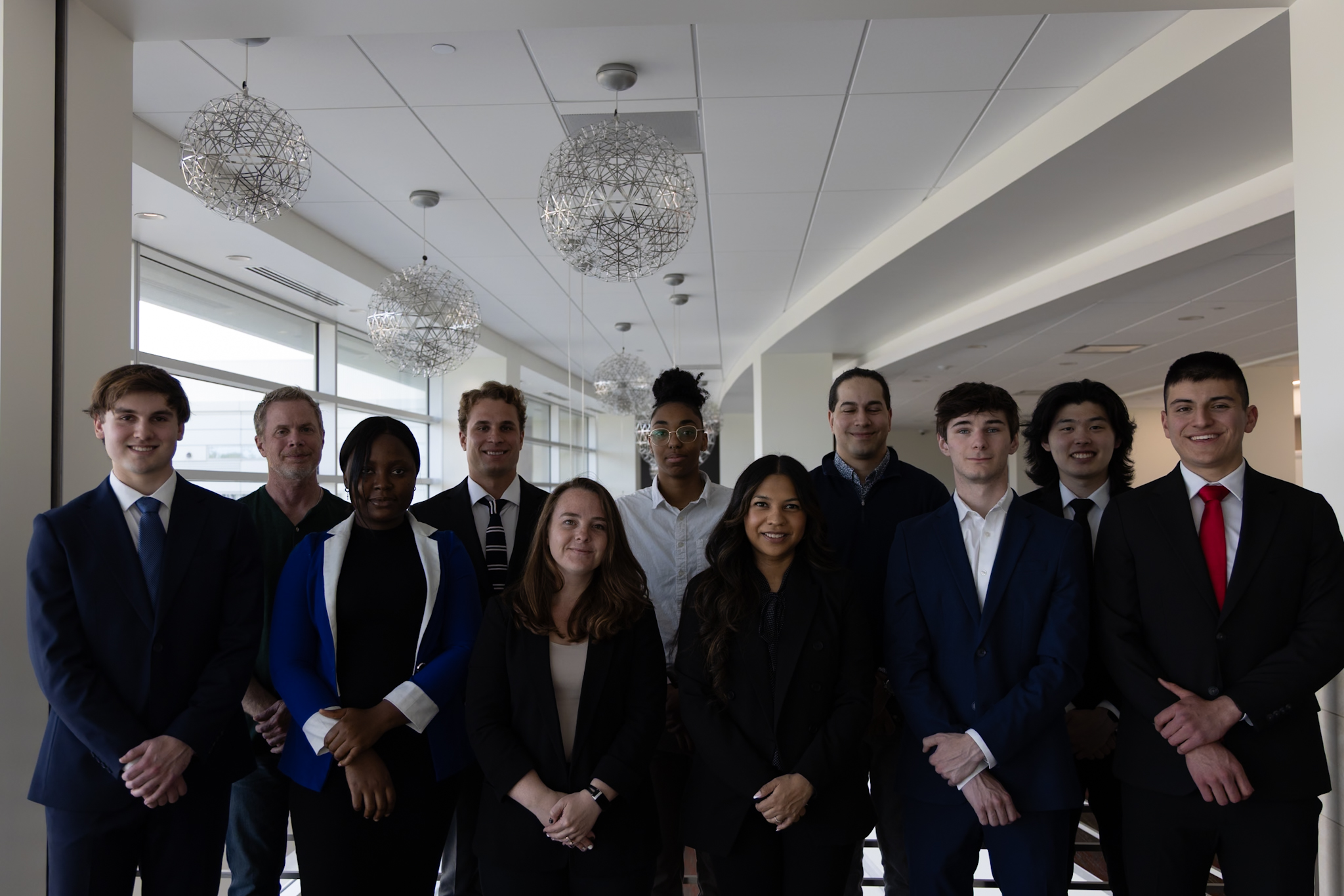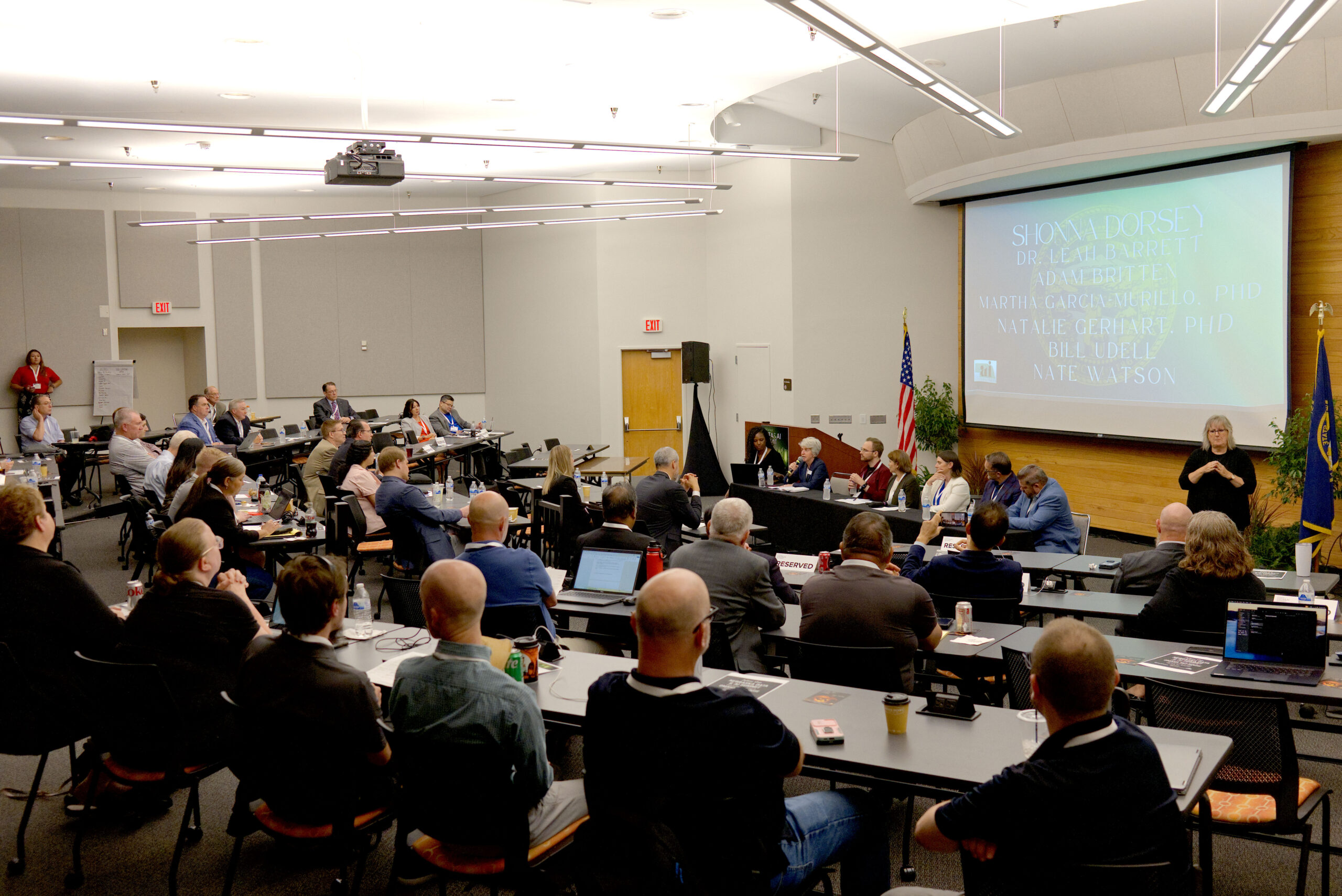Software development can be an amazing gamble. In part 1 of this series, Nikolaus Kimla told the story of how Pipeliner CRM was conceived and researched, and how the decision to make it a hybrid application—functional both as an installed application and in the Cloud—was arrived at. Now, here is part 2: formulating the goal of disruption.
While we were developing Pipeliner CRM, my team and myself took a hard look at the answers to this question: what was the difference between Pipeliner and other CRMs? What would be the revolutionary approach? The answers were right there in our initial research—we simply followed them.
Administration and Onboarding
At the time of Pipeliner’s initial development, CRM administration was a full-time job—often requiring more than one person in a larger company. Additionally, this administration required substantial training.
Onboarding—installing a CRM and getting it fully implemented—was a whole other process which also required experts. In fact, there were whole companies founded on providing CRM onboarding services to companies that had purchased and were going with various CRM solutions.
The expertise requirements for administration and onboarding still exist to this day for many CRM applications, especially the traditional ones. If you Google “Salesforce implementation” you’ll be shown a long list of companies you can hire to come in and implement Salesforce for you, should you decide to go that direction.
One of our goals for Pipeliner was to make onboarding and implementation something companies could do themselves, without requiring weeks of specialized training. Learning Pipeliner onboarding takes a few hours. We aimed to do the same thing for administration; it’s a very part-time job that can be performed by existing staff with a few hours instruction.
This was and is a big disruption to the CRM industry—we have “eliminated the middleman.” A company no longer needs to hire an expert or team of experts simply to implement and administer their CRM. This results in an enormous cost-savings for companies.
User Engagement
Another goal we had was to completely reverse user attitude about CRM. If you’ll recall from my last article, our initial research into CRM revealed that users hated it—it was mainly used to control salespeople, and they themselves got nothing useful from all the data entry they were forced to endure day after day.
Our accomplishment of this goal was to develop a CRM that was totally visual and intuitive, so that salespeople not only didn’t object to updating it, but were able to make full use of it themselves in managing their opportunities. A picture communicates 60,000 times faster than words, so we set out to make the entire application visual.
We have achieved this goal as well—and report after report has shown us that users at companies throughout the world love Pipeliner CRM. This is a virtual first in an industry where users generally use CRM begrudgingly.
Following Scientific Philosophy
One of the philosophic principles I adopted early on was cybernetics, developed by MIT professor Norbert Wiener. Cybernetics is defined as “the scientific study of control and communication in the animal and the machine.” But most pertinently, cybernetics was hailed by W. Ross Ashby, one of Weiner’s students, as “the science of simplicity.”
The moment I grasped this concept, I fell in love with it. As time goes on, the world becomes increasingly complex. Everything, especially today, should be simplified. We set out to make Pipeliner as simple as possible.
We also adopted a different philosophy when it came to development. In the old days, programming was performed in a “waterfall” method, in which one layer was fully completed, then the next was done, and you could never go backward. A full-requirement documentation process had to be completed before programming could even begin. It was very slow—the world could pass you by while you were busy with this tedious development cycle.
We decided to adopt a revolutionary development methodology called Scrum, developed by Ken Schwaber. Scrum is designed for development teams who break their work into defined actions to be completed within specific timeframes (iterations). This method makes development far more flexible.
With all these things in place, Pipeliner CRM now moved forward full force. We were soon to discover just how much the world needed PIpeliner!
Next week: How Pipeliner was “accidentally” discovered, and we found out just how popular it could become.
––
This content is sponsored by Pipeliner CRM.





